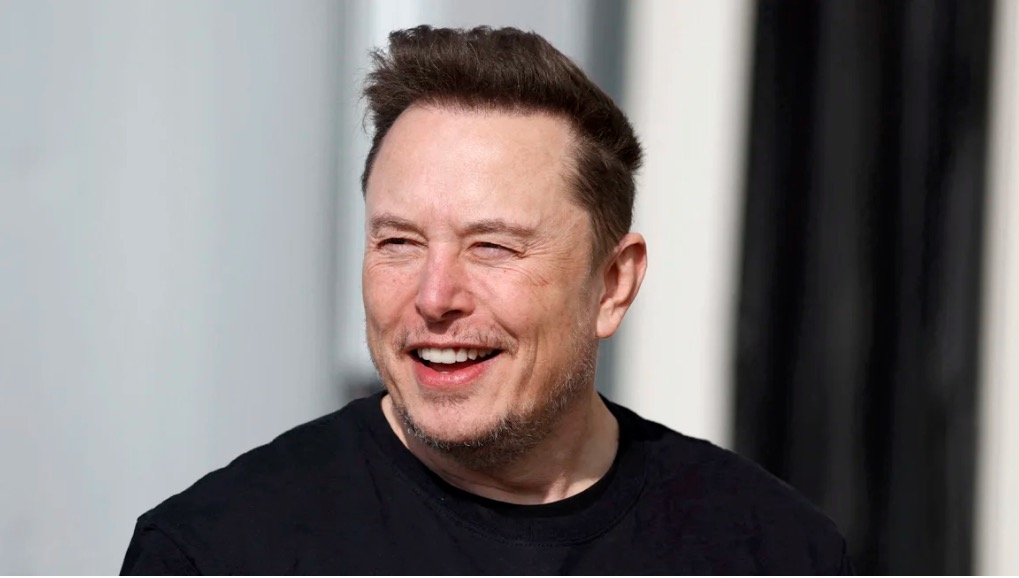A few days ago, an owner claimed that the Tesla Cybertruck he purchased had a rust problem just a few days after picking it up. In response to this issue, the official Cybertruck account reposted Tesla’s engineering director & chief engineer of Cybertruck, Wes Morrill, to respond and explain.
Wes Morrill stated that stainless steel is active, and the free iron on it will rust, but this is only surface contamination and can be easily removed. At the same time, it also gives a solution, including using a cleaning agent to remove dirt. Wes Morrill pointed out that the use of “Bar Keeper’s Friend” works well; the cleaning agent brand citrisurf77 can also loosen the sediment, just wipe it. And if there are more obvious stains, you can use the blue anti-scratch cleaning agent brand Scotch Brite pad, which will not leave any marks on the metal.

Previously, an American user posted that the Tesla Cybertruck he purchased was rusted after being rained on for just a few days after picking it up. It can be seen from the pictures posted by the user that there are indeed many corrosion spots on the surface of the car body. The netizen said that he picked up a Tesla Cybertruck on February 1 this year. It was raining in Los Angeles at that time. After the metal body was rained on, there was a preliminary case of corrosion. He recorded the whole process in order to ensure that his car could be dealt with within the warranty period. He also made an appointment for warranty service. During this period, the netizen also tried to clean the outside of the car body to confirm whether these spots were rust or dirt. However, the Tesla after-sales staff said that this warranty needs to go through the process, and the staff did not bring repair tools, and said that Tesla had not handled such repair work before. Finally, the staff recorded the situation and said, “Come to repair it next month after getting the tools.”
But the above-mentioned owner did not agree with this approach. He said that he had only driven the Cybertruck for 381 miles, and it was only 11 days from picking up the car to discovering rust, and most of the time it was parked in front of his house. It may be due to the cold weather, rain erosion, and direct sunlight. that the orange rust spots were formed. Some netizens also found that the stainless steel body of the Cybertruck does not have a transparent coating, and for the affected owners, only polishing can be used to clean it.
Cybertruck is Tesla’s first electric pickup truck. It was unveiled at the Tesla headquarters in Los Angeles on November 22, 2019. The official once stated that the vehicle uses a stainless steel body and will not be painted. The body glass can withstand the impact of a baseball traveling at 70 miles per hour or a level 4 hailstone.
As Tesla’s first electric pickup truck, the Tesla Cybertruck is quite popular worldwide. As early as 2019, just one week after its debut, the official said that the number of orders exceeded 250,000. Unfortunately, it was not until the end of last year that the vehicle began to be delivered to consumers.
In December last year, Cybertruck began the first batch of deliveries at the Texas Super Factory in the United States and officially announced the starting price excluding discounts to be $60,990 (approximately RMB 435,000), $79,990 (approximately RMB 571,000), and $99,900 (approximately RMB 714,000). The cheapest rear-wheel drive version will not be delivered until 2025.
Tesla CEO Elon Musk believes that Tesla is capable of delivering about 250,000 Cybertrucks in a year. However, in the recent Tesla earnings report, the official disclosed that the annual capacity of the Cybertruck pickup at the Texas Super Factory in the United States is less than 125,000. At that time, Tesla said that considering the manufacturing complexity of the Cybertruck, it is expected that the capacity ramp-up period of this model will be longer than other models.
On January 28 this year, the Tesla Cyber Off-Road Wagon (Cybertruck) was unveiled in the Chinese market, and it was simultaneously unveiled in 8 cities including Beijing, Shanghai, and Shenzhen to start a domestic tour. However, due to factors such as capacity and regulations, the vehicle will not be introduced into the Chinese market in the short term. Whether this vehicle can enter the Chinese market in the future is still unknown.



